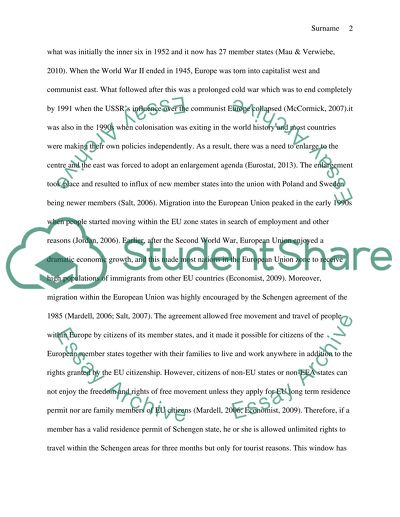Cite this document
(“The reasons for the increase in migration within and into the European Essay”, n.d.)
The reasons for the increase in migration within and into the European Essay. Retrieved from https://studentshare.org/sociology/1477890-the-reasons-for-the-increase-in-migration-within-and-into-the-european-union-since-the-1990s
The reasons for the increase in migration within and into the European Essay. Retrieved from https://studentshare.org/sociology/1477890-the-reasons-for-the-increase-in-migration-within-and-into-the-european-union-since-the-1990s
(The Reasons for the Increase in Migration Within and into the European Essay)
The Reasons for the Increase in Migration Within and into the European Essay. https://studentshare.org/sociology/1477890-the-reasons-for-the-increase-in-migration-within-and-into-the-european-union-since-the-1990s.
The Reasons for the Increase in Migration Within and into the European Essay. https://studentshare.org/sociology/1477890-the-reasons-for-the-increase-in-migration-within-and-into-the-european-union-since-the-1990s.
“The Reasons for the Increase in Migration Within and into the European Essay”, n.d. https://studentshare.org/sociology/1477890-the-reasons-for-the-increase-in-migration-within-and-into-the-european-union-since-the-1990s.


